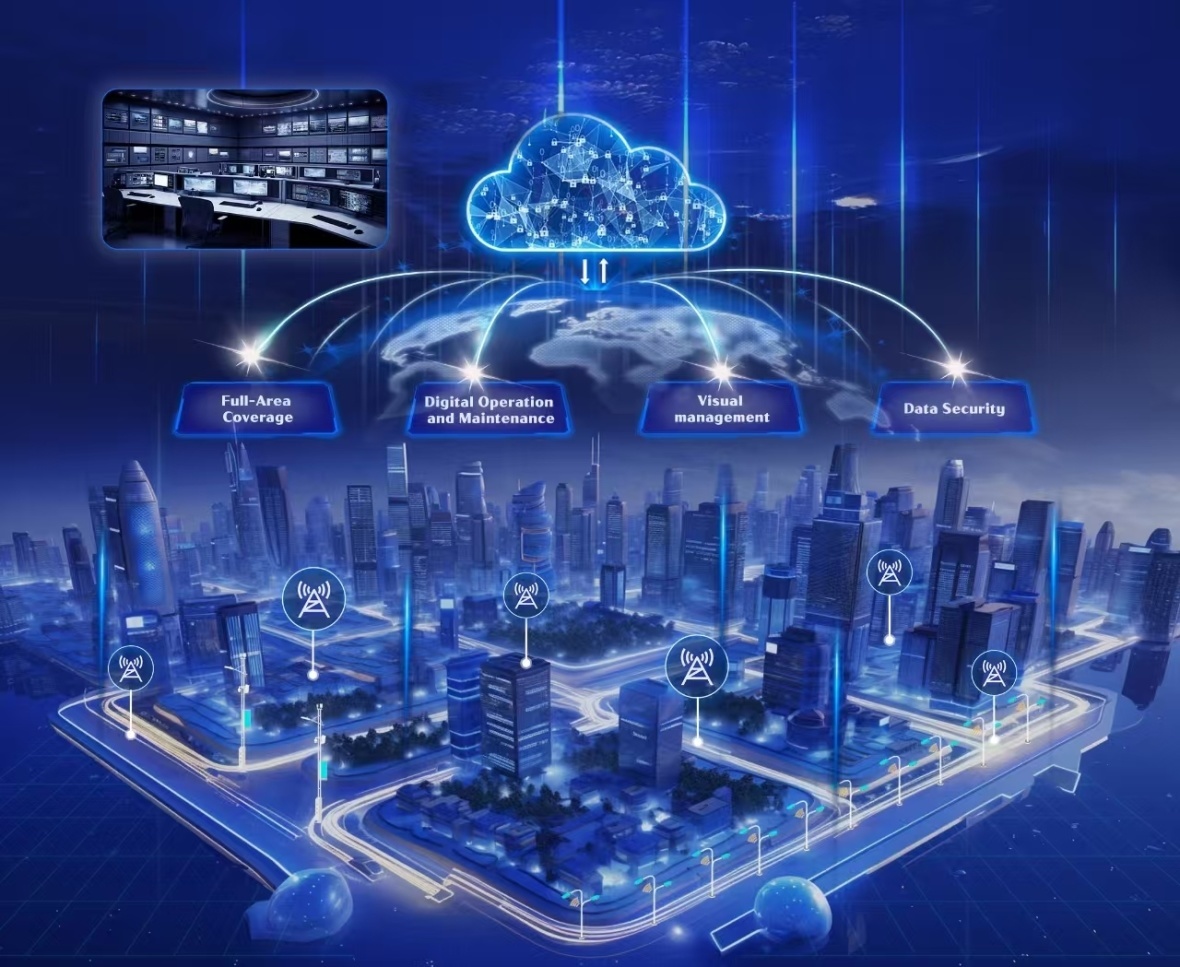SOLUTIONS

LiCON solution for smart city lighting

As an important part of modern urban infrastructure construction, smart city lighting plays an important role in the fields of traffic safety, night travel, shaping the beauty of the city, improving the quality of life of citizens and local economic development etc. While enjoying many conveniences, the increasing scale of smart city lighting facilities also brings huge difficulties to smart city management. In the current environment, the traditional management model is too extensive, passive, independent and does not retain data etc. Which can no longer meet the needs of modern smart city lighting management. Many cities are working hard to create a new intelligent, digital and smart urban architecture, making full use of data fusion and data sharing, promoting the comprehensive and in-depth integration of new technologies with urban construction, management and services, and building a new pattern of urban governance.
LiCON IoT solution for smart city lighting,based on our LiPLUS smart city lighting digital platform,which is a platform system that integrates 1+N (a large modular platform with multiple functional modules) by strengthen the top-level design and classified application principles.With the help of cloud computing, AI intelligence, big data, visualization and other advanced technologies, the data is deeply processed, handled and applied to provide effective data support for the competent departments in public service decision-making, daily urban management, joint supervision, etc,so promoting integration and optimization,collaborative sharing to meet the integrated needs of operation, management and control.
LiPLUS platform integrates lighting monitoring, maintenance management, asset management, smart poles management, electricity management, vehicle management, engineering management, office management and other functions, realizing the standardization, process, intelligence and onlineization of daily smart city lighting management, and promoting smart city development. The customized UI interface based on 3D map and floating window design summarizes and analyzes smart city lighting operation data, realizing "viewing the whole city on one platform".
1)1) Lighting monitoring: It realizes remote control, dimming energy saving, data query, fault alarm, message push, strategy control and other functions to meet all the needs of smart city lighting monitoring;
2) Maintenance management: Based on the big data support of lighting monitoring and asset management, with work orders as the main axis, maintenance management is realized in an intelligent, digital and mobile manner.
3) Asset management: Uniformly identify and input data of road lighting assets (lamp poles, lamps, distribution cabinets, street light cables, monitoring equipment, etc.), sort out and associate power supply circuits and ownership relationships, and intelligently analyze and process data to form a visual, GIS-based spatial data system for road lighting facility assets.
4) Smart poles management: organically integrate wireless coverage (5G+WiFi), video surveillance, environment/weather monitoring, information release, one-button calling, public broadcasting, traffic monitoring, charging services, manhole cover/trash can/photovoltaic inverter monitoring and many other IoT devices to achieve bottom-level access.
5) Electricity management: Annual, monthly and daily statistics and analysis of energy consumption and lighting duration for the entire city, districts, streets, cabinets and individual lamps.
6) Vehicle management: Strengthen maintenance and inspection of vehicle management, eliminate the private use of public vehicles, and query the vehicle's location, direction, speed, start and stop status and other information in real time; query and replay the historical driving trajectory of each vehicle and the monthly and weekly mileage.
7) Project management: various project data can be entered and stored to reflect the progress and completion of each stage. Download relevant data according to permissions.
8) Office management: Send and receive work tasks through web pages and mobile APPs to speed up information flow, improve work efficiency, facilitate viewing and tracking of the progress of various tasks, and conduct statistical management of work tasks of various departments.
LiPLUS platform will further enhance the city's management capabilities, gradually shifting from "passive disposal" to "active response." It will improve the city's service level, improve the living, working, learning and entertainment environment of citizens, indirectly improve the economic development environment, and promote urban economic development.

